Lanxess AG deploys the circular economy for plastic production with a new product range.
Story by: Deepti Thore
Photos by: Lanxess AG
To turn its plastic production sustainable, Lanxess AG has turned to circular economy based strategy. The objective is to ensure that throughout the production cycle, the raw materials used, lose the least value possible. The company is banking on the new ‘Durethan ECO polyamide’ product range to attain this goal. An alternative to the traditional linear economy, the circular economy improves competitiveness and resource efficiency. Future design, digital technology, preservation and extension of the produce, prioritisation of regenerative resources are few of the key elements to it. To make the quantum leap, Lanxess is using recycled raw materials in the production of its thermoplastic compounds and composites. Durethan ECOBKV30H2.0, ECOBKV35H2.0 and ECOBKV60XF are the most recent products developed in line with this strategy.
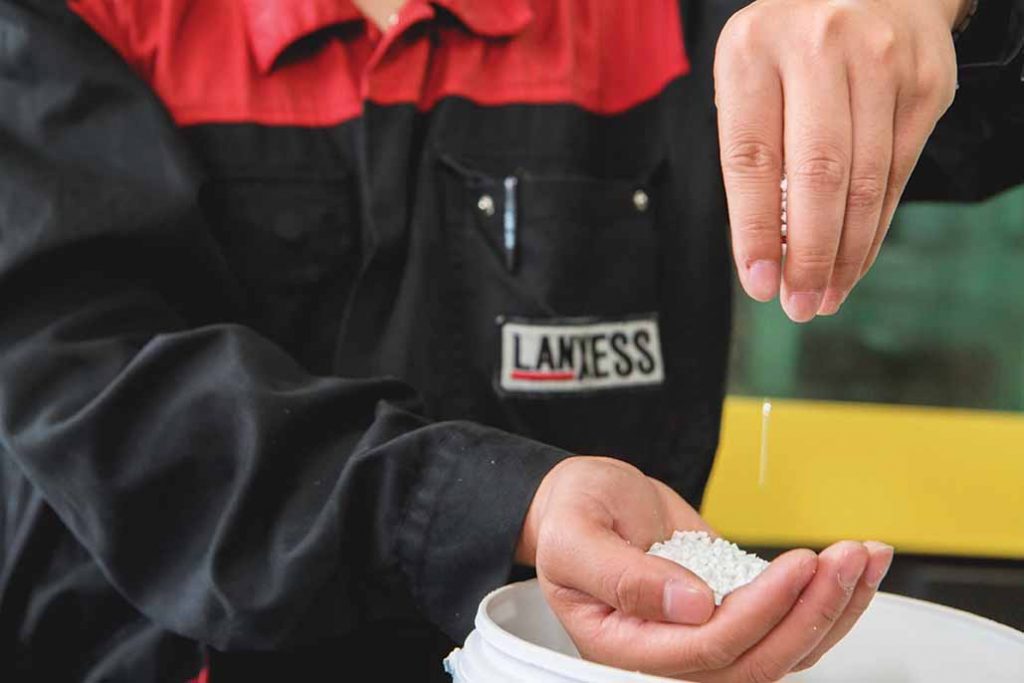 “ECOBKV60XF, for example, offers exceptional strength and rigidity for the manufacture of structural components such as front end, pedal bearing brackets and A-, B- and C-pillars, as well as lightweight battery trays for electric vehicles,” states Dr Guenter Margraf, Global Product Manager- High-Performance Materials (HPM) Business Unit, Lanxess. Known to possess material properties identical to the conventional virgin quality material, the new product range makes use of glass fibres sourced from waste glass. Recycled fibres manufactured from waste glass constitute 30 per cent, 35 per cent and 60 per cent weight respectively in ECOBKV30H2.0, ECOBKV35H2.0 and ECOBKV60XF. Notably, the glass is sourced from the waste leftovers of glass fibre production (post-industrial recycling). In another instance, Ecoloop certified by Ecocycle, under ISO 14021:2016 makes use of a high percentage of recycled material. This results in low greenhouse emissions. Using the mass balance method, Ecocycle examines the quantum of recycled material used in each compound along with the long-term potential of the waste stream.
“ECOBKV60XF, for example, offers exceptional strength and rigidity for the manufacture of structural components such as front end, pedal bearing brackets and A-, B- and C-pillars, as well as lightweight battery trays for electric vehicles,” states Dr Guenter Margraf, Global Product Manager- High-Performance Materials (HPM) Business Unit, Lanxess. Known to possess material properties identical to the conventional virgin quality material, the new product range makes use of glass fibres sourced from waste glass. Recycled fibres manufactured from waste glass constitute 30 per cent, 35 per cent and 60 per cent weight respectively in ECOBKV30H2.0, ECOBKV35H2.0 and ECOBKV60XF. Notably, the glass is sourced from the waste leftovers of glass fibre production (post-industrial recycling). In another instance, Ecoloop certified by Ecocycle, under ISO 14021:2016 makes use of a high percentage of recycled material. This results in low greenhouse emissions. Using the mass balance method, Ecocycle examines the quantum of recycled material used in each compound along with the long-term potential of the waste stream.
Mass balance method
An initiative launched by the non-profit organisation Ellen MacArthur Foundation, the mass balance method is used by countries globally to incorporate recycled raw materials into production with the petrochemical or mineral feedstocks. It is arithmetically allocated to the end product. Plastic producers conduct chemical recycling of post-industrial and post-consumer waste. Among key advantages is the ability to replicate characteristics of the finished product. The polyamide compound reinforced with recycled waste glass fibres is identical to the virgin material. In another example, an injection moulder can process the compound using existing facilities just like the conventional product enjoys the sustainability benefits of the certified product.
Waste glass fibres
The HPM unit of Lanxess is looking at saving energy and lowering CO2 emissions by capitalising on waste glass fibres as the sustainable raw material. The waste glass melts at lower temperatures than the raw materials used in manufacturing glass fibres.
Future development
Ambitious about gradually increasing the count of ECO product types certified under the mass balance method, Lanxess’s HPM wants to launch a new polyamide six with a glass fibre content of 30 per cent. Caprolactam required to produce this environmentally friendly polyamide 6 is based on a selection of petrochemical raw materials. ACI


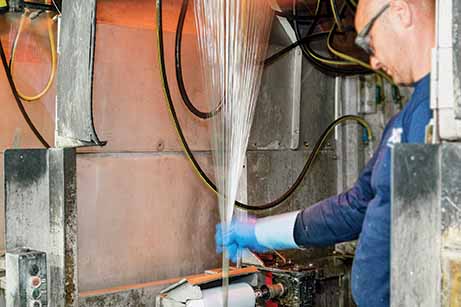


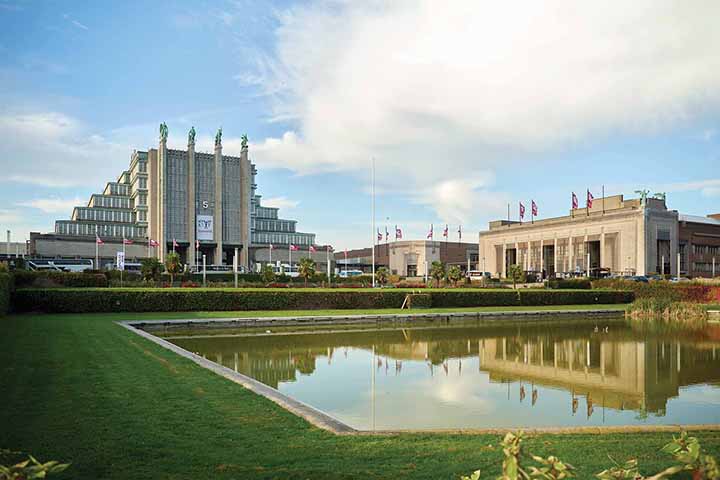
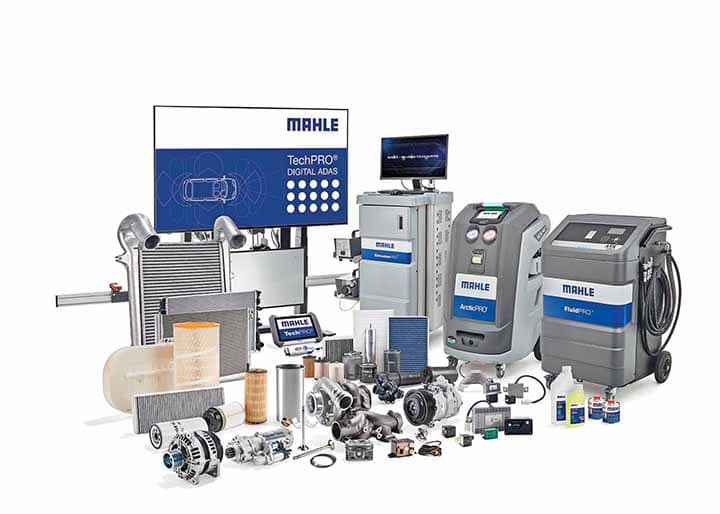



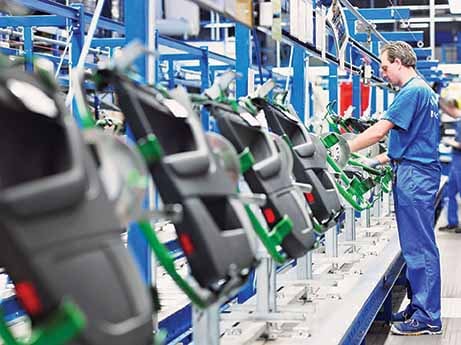

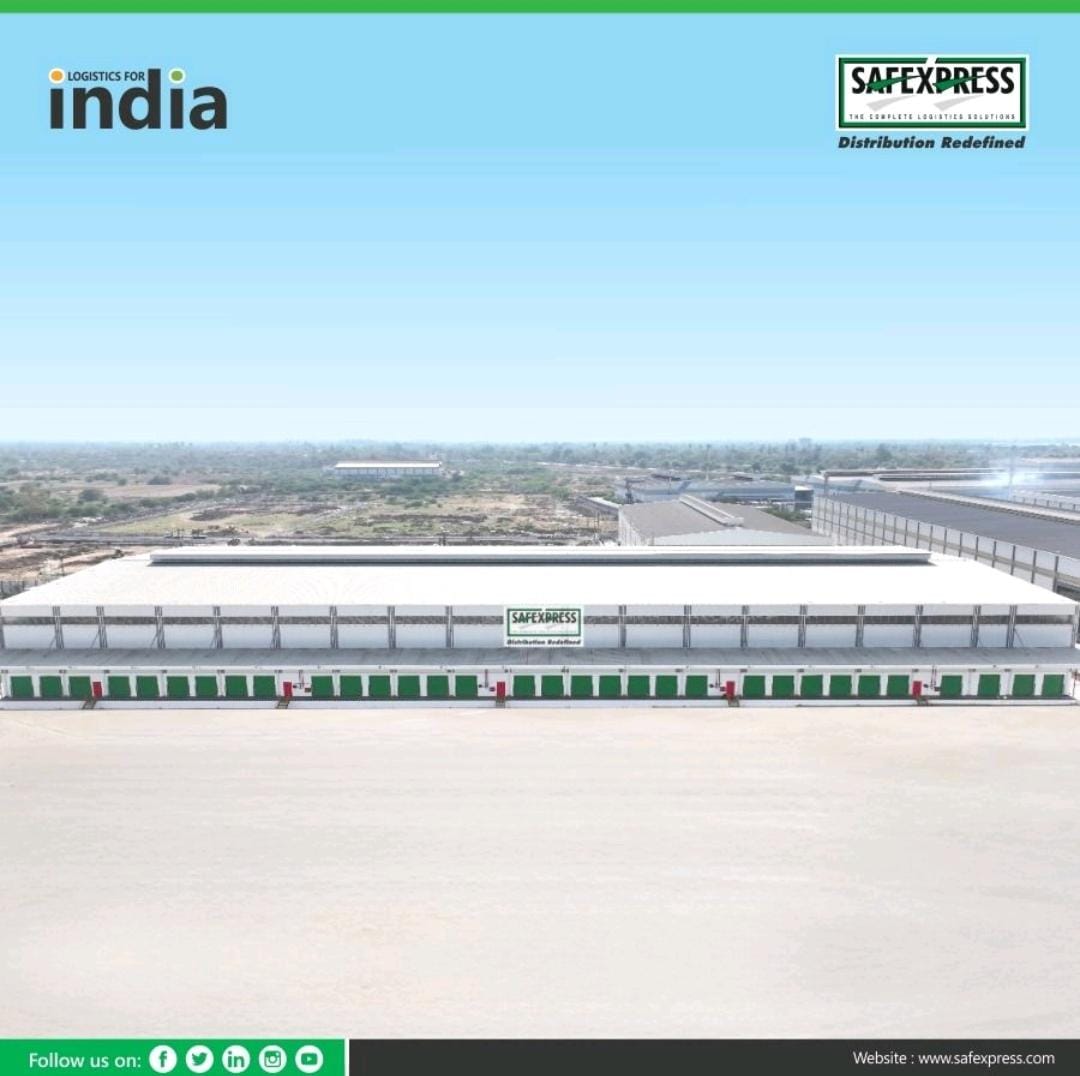

Leave a Reply